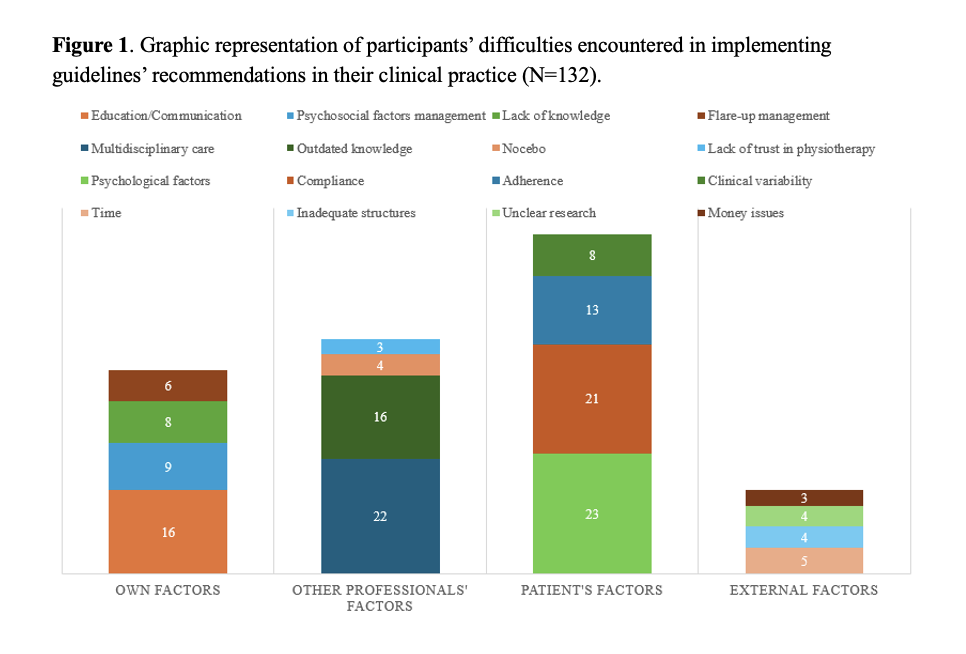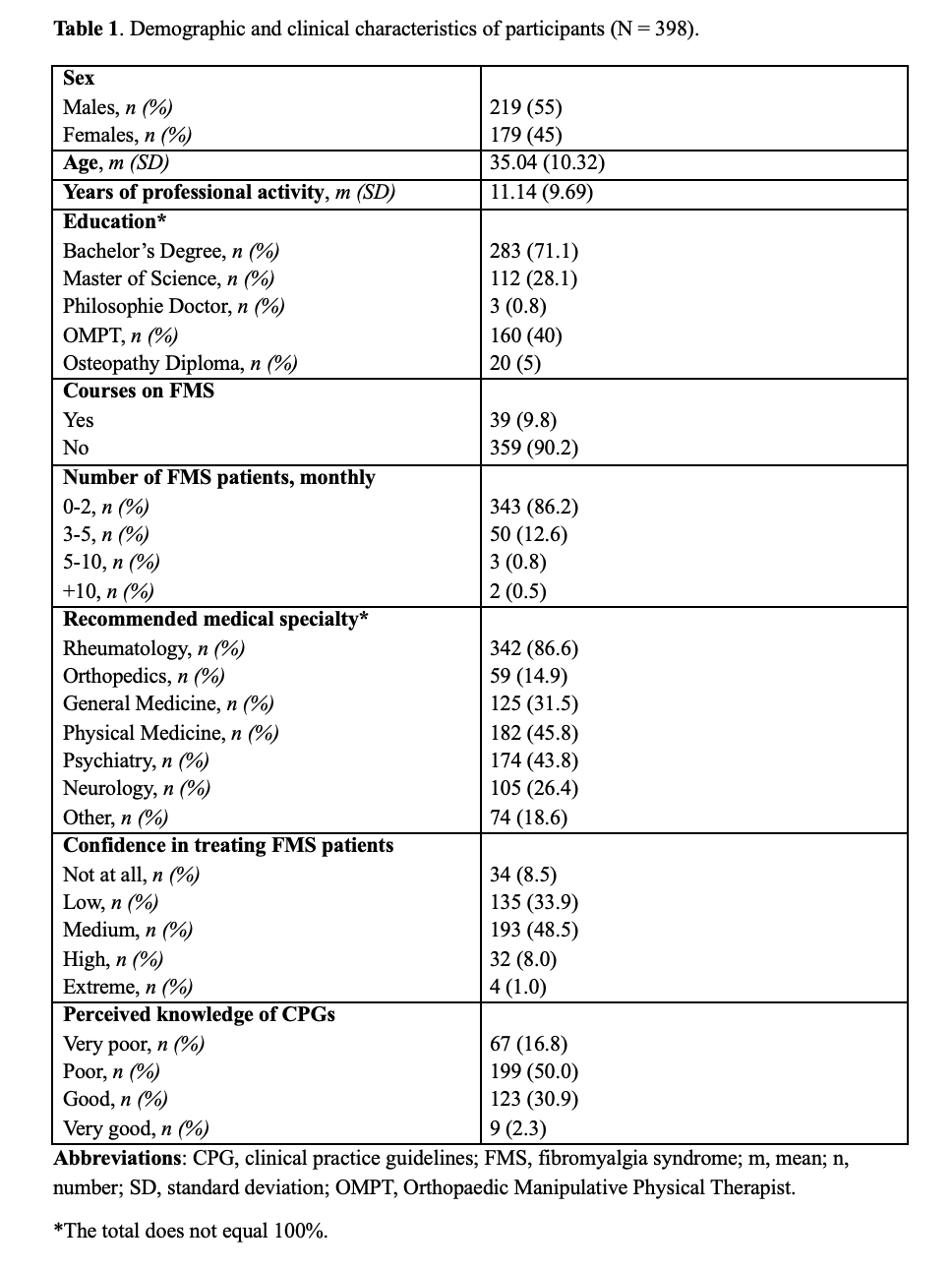Massimo Esposto [Department of Medicine and Health Science “Vincenzo Tiberio”, University of Molise, c/o Cardarelli Hospital, C/da Tappino, 86100 Campobasso, Italy]
Gabriele Anella [Department of Medicine and Health Science “Vincenzo Tiberio”, University of Molise, c/o Cardarelli Hospital, C/da Tappino, 86100 Campobasso, Italy]
Leonardo Pellicciari [IRCCS Istituto delle Scienze Neurologiche di Bologna, Bologna, Italy]
Mattia Bisconti [Department of Medicine and Health Science “Vincenzo Tiberio”, University of Molise, c/o Cardarelli Hospital, C/da Tappino, 86100 Campobasso, Italy]
Giuseppe Giovannico [Department of Medicine and Health Science “Vincenzo Tiberio”, University of Molise, c/o Cardarelli Hospital, C/da Tappino, 86100 Campobasso, Italy]
Andrea Polli [Pain in Motion Research group, Department of Rehabilitation Sciences and Physiotherapy, Vrije Universiteit Brussel (VUB), Centre for Environment & Health, Department of Public Health and Primary Care, Katholieke Universiteit Leuven (KUL), Research foundation – Flanders (FWO)]
Matteo Cioeta [Department of Neuroscience, IRCCS San Raffaele Roma, Rome, Italy]
Fibromyalgia syndrome (FMS) is the most common form of chronic widespread pain, according to the International Classification of Disease-11. Its diagnostic criteria were described by the American College of Rheumatology in 1990 and lastly updated in 2016. FMS patients are characterized by poor quality of life and high healthcare costs. Furthermore, the present historical moment could justify a future increase in FMS prevalence due to recent associations shown between FMS and long-COVID symptoms. For these reasons, healthcare professionals must have a solid and updated understanding of FMS characteristics and its evidence-based management strategies. Therefore, we developed a survey to assess the level of knowledge, adherence to the Clinical Practice Guidelines (CPGs), and confidence of Italian physiotherapists in managing FMS patients. The survey also explored possible difficulties in following the guidelines’ recommendations.
All authors contributed to the development of the mixed-methods survey, which received additional comments from 10 expert physiotherapists in chronic pain. Its final version consisted of 6 sections: introduction to the study; demographics; 15 items exploring guidelines’ adherence (10-point Likert scale); perceived knowledge of guidelines (4-point Likert scale); participants’ difficulties (1 open question); and 20 items determining the understanding of FMS (True or False). The questionnaire was administered to Italian practicing physiotherapists via social media (e.g., Facebook, Instagram) and newsletter (i.e., Italian Association of Physiotherapists). It was open to replies from January 15th, 2024, to April 15th, 2024. The a-priori estimated sample size was 383 participants. The reporting of this study is in line with the CHERRIES and STROBE guidelines. The protocol was prospectively registered in Open Science Framework.
We obtained 398 replies: 42% reported low or absent confidence, 49% reported medium, and 9% high or extremely high level of confidence in treating FMS patients. Similarly, 67% declared to have a poor or worse knowledge of CPGs. Among those (33%) who reported a good or very good knowledge, four major themes emerged to describe the difficulties encountered in their clinical practice: own factors (28%), other professionals’ factors (26%), patient’s factors (49%), and external factors (12%). Overall adherence to the CGPs recommendations was good. However, specific items showed too much reliance on posture, education techniques used in isolation, and focus on painful symptoms. Italian physiotherapists showed a good to very good knowledge of FMS theory and characteristics, with a median score of 17.0 points (interquartile range: 16.0-19.0).
The results of this study showed that, on average, Italian physiotherapists have a good knowledge of CPGs and FMS theory. Despite this, only a small percentage reported having high or extreme confidence in managing these patients. Among the most commonly reported difficulties, were the lack of training in education and communicative strategies, multidisciplinary relationships, and factors related to the patient such as psychosocial aspects, compliance, and clinical variability of each clinical case. This could indicate that knowledge of CPGS and FMS theory alone may not be sufficient and that clinicians might need to develop transversal skills for the optimal management of these patients. Notably, this survey was probably subjected to a selection bias, and items used to measure the knowledge of participants on FMS theory were not previously validated. For these reasons further research is necessary.

